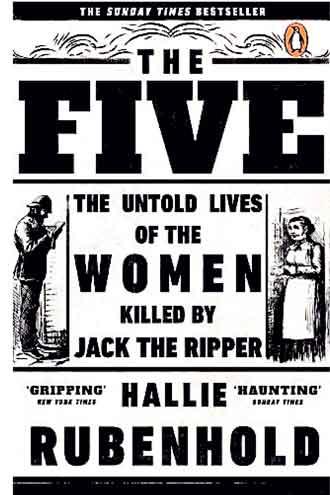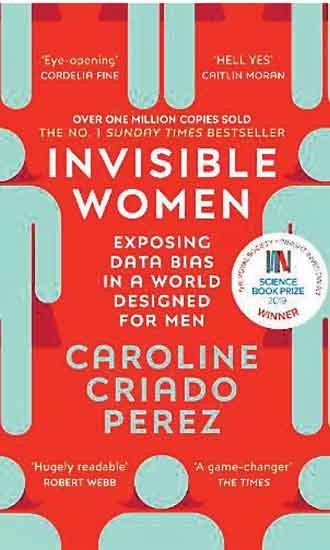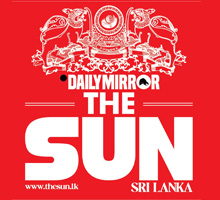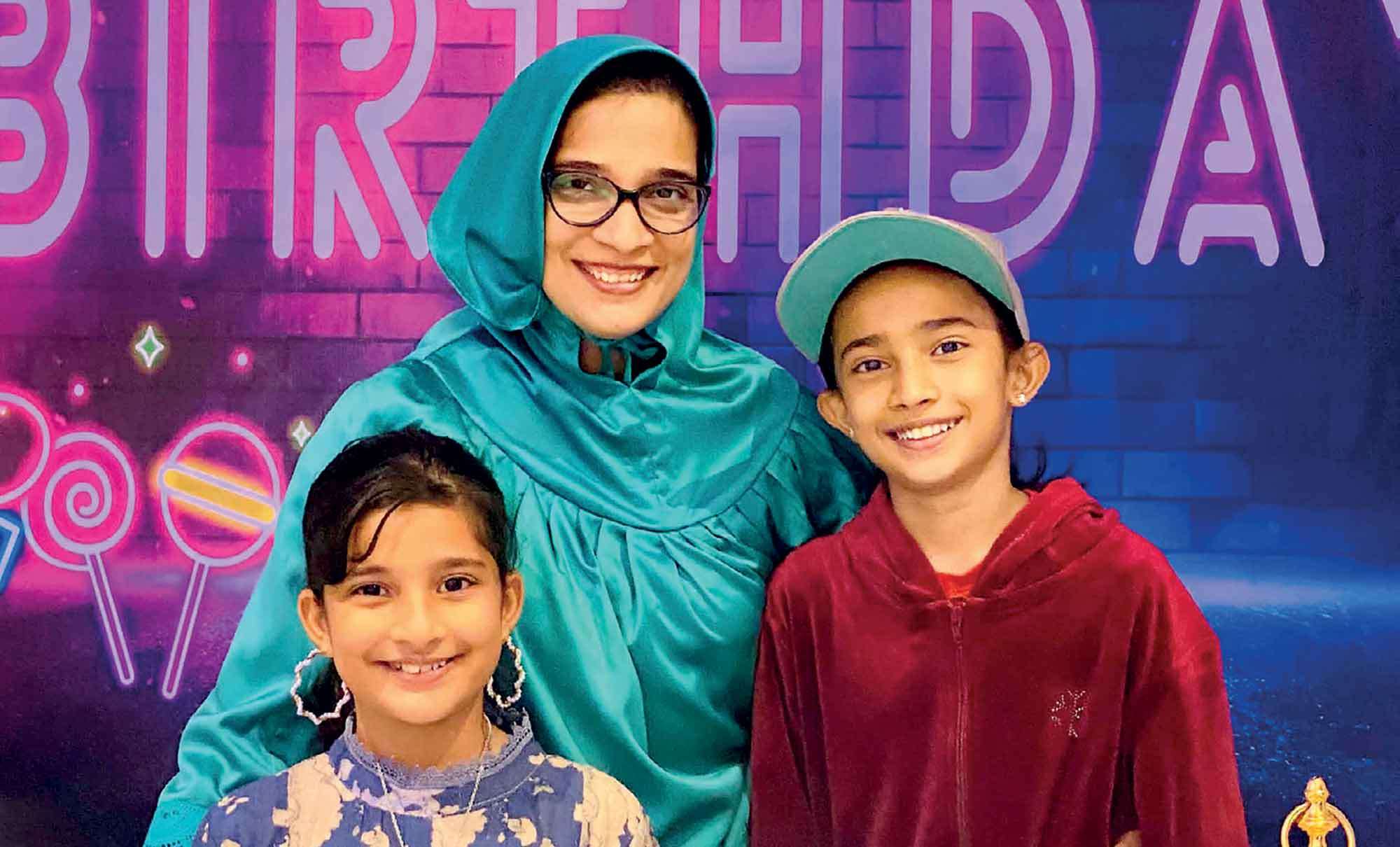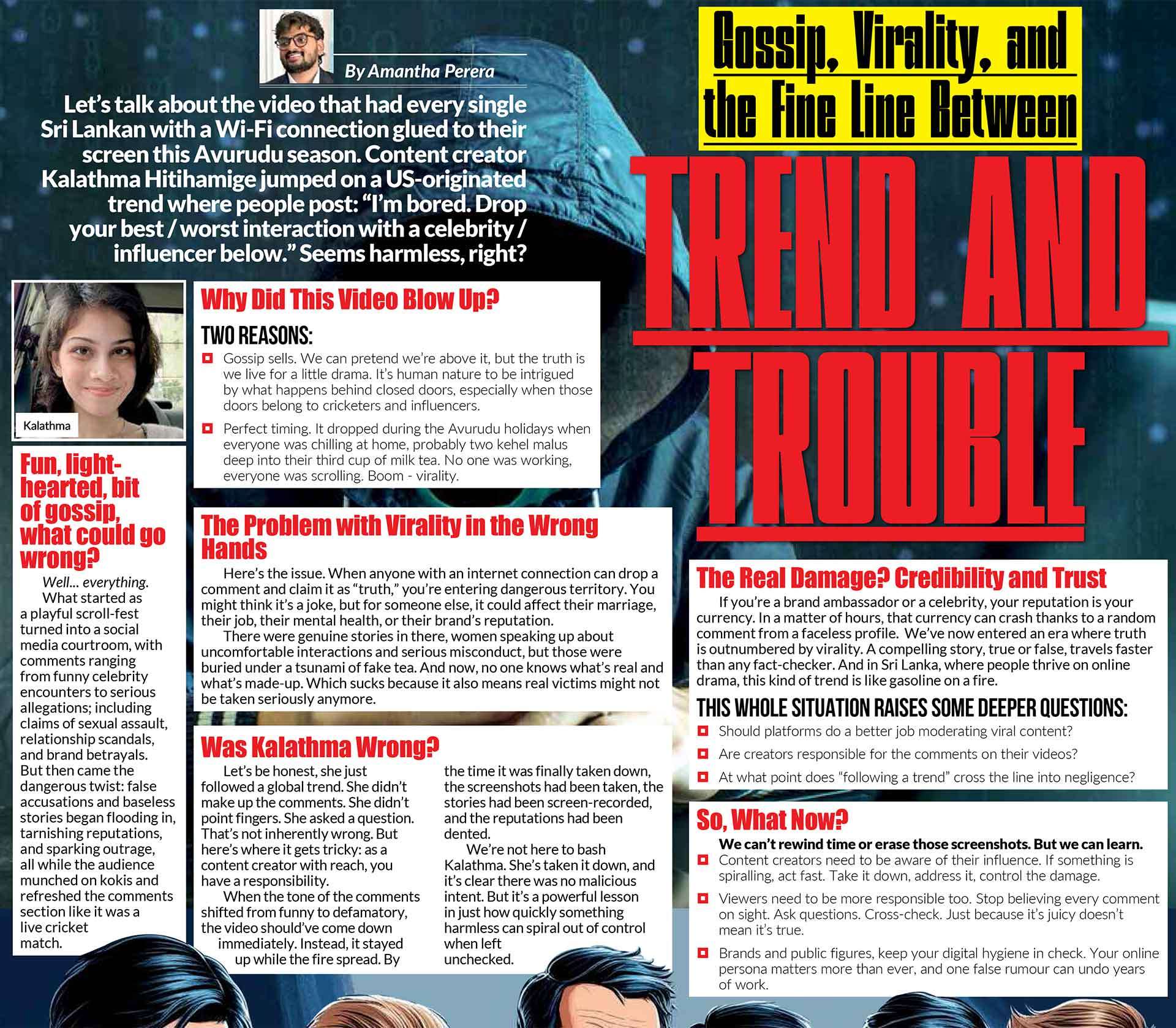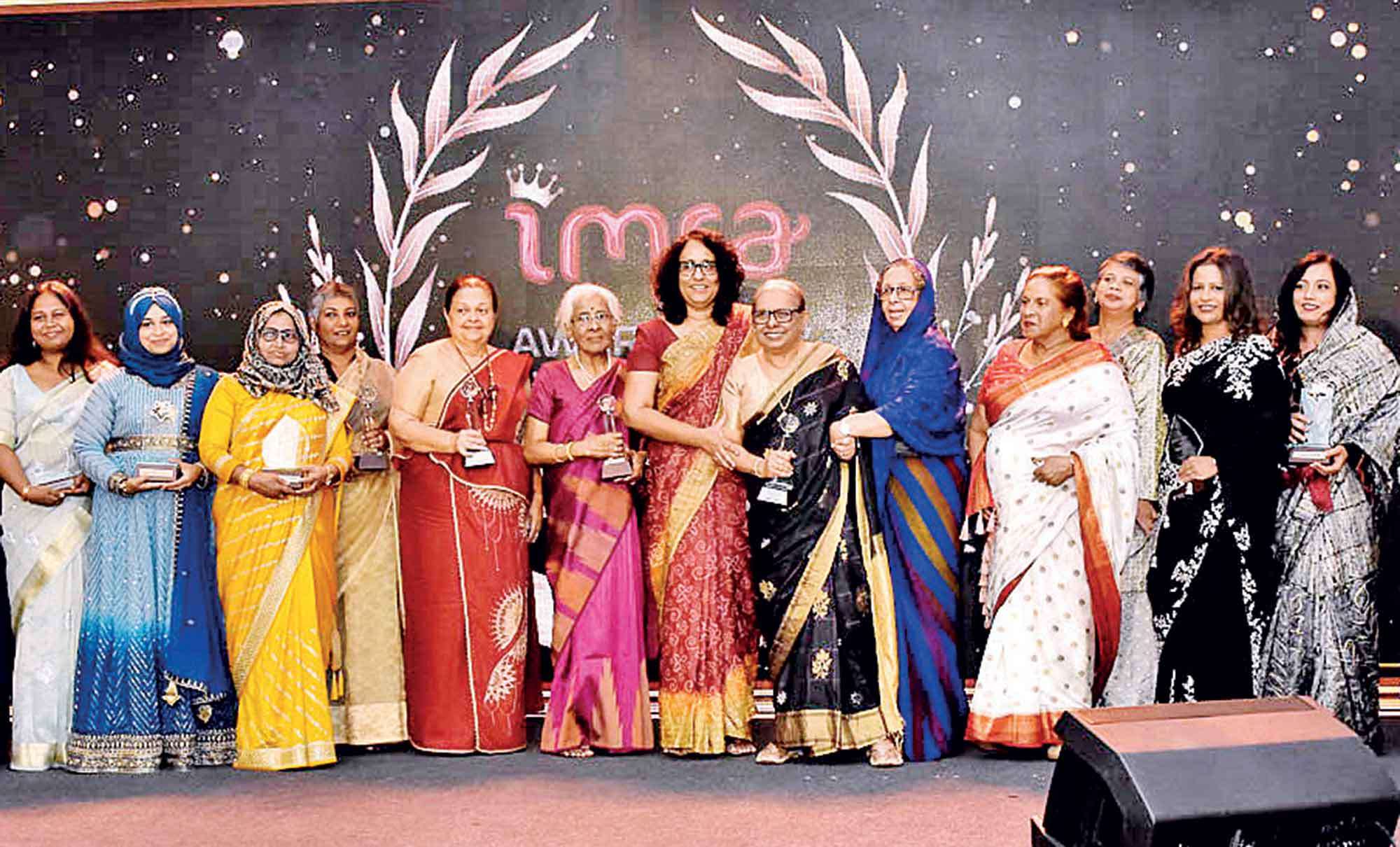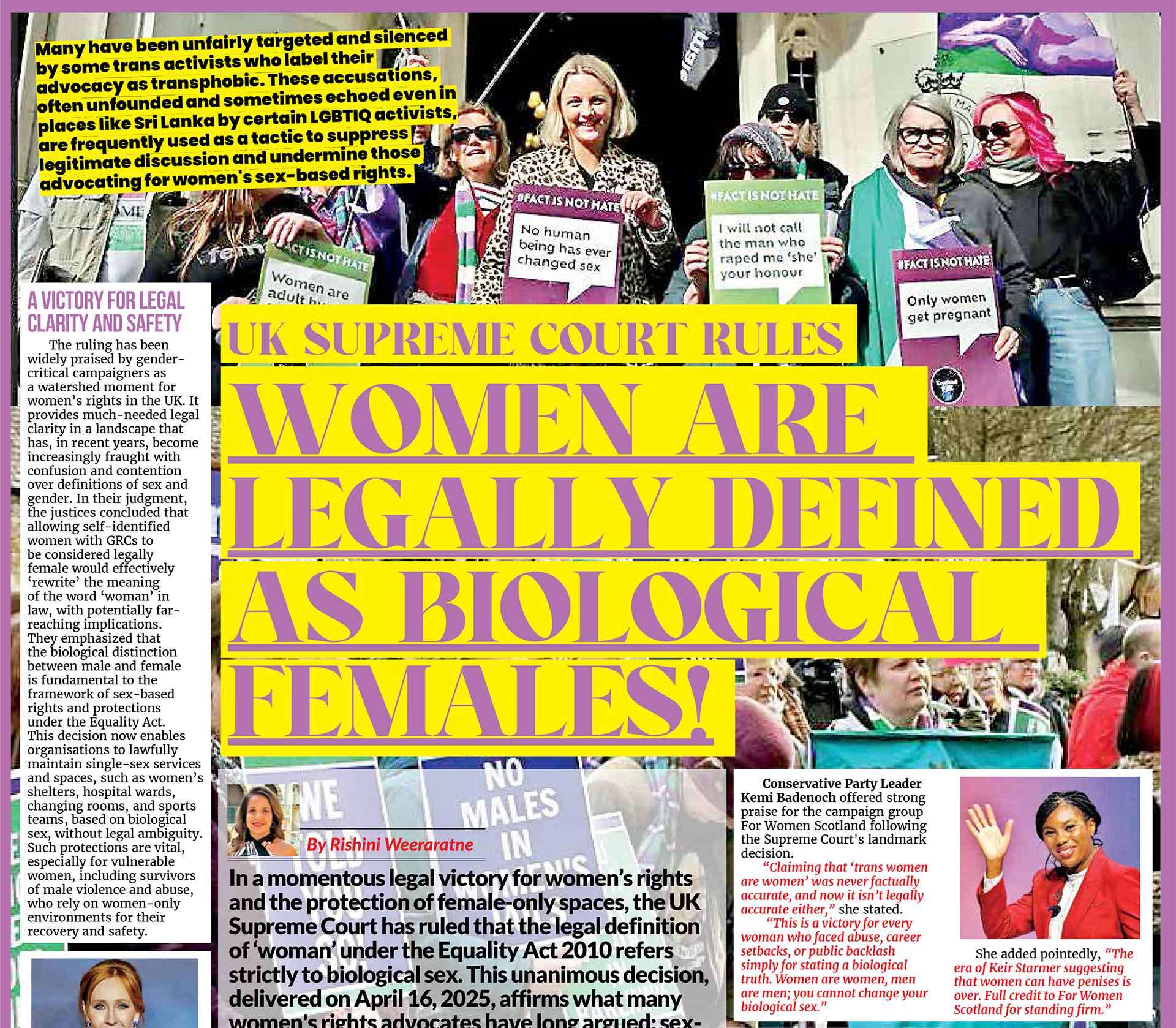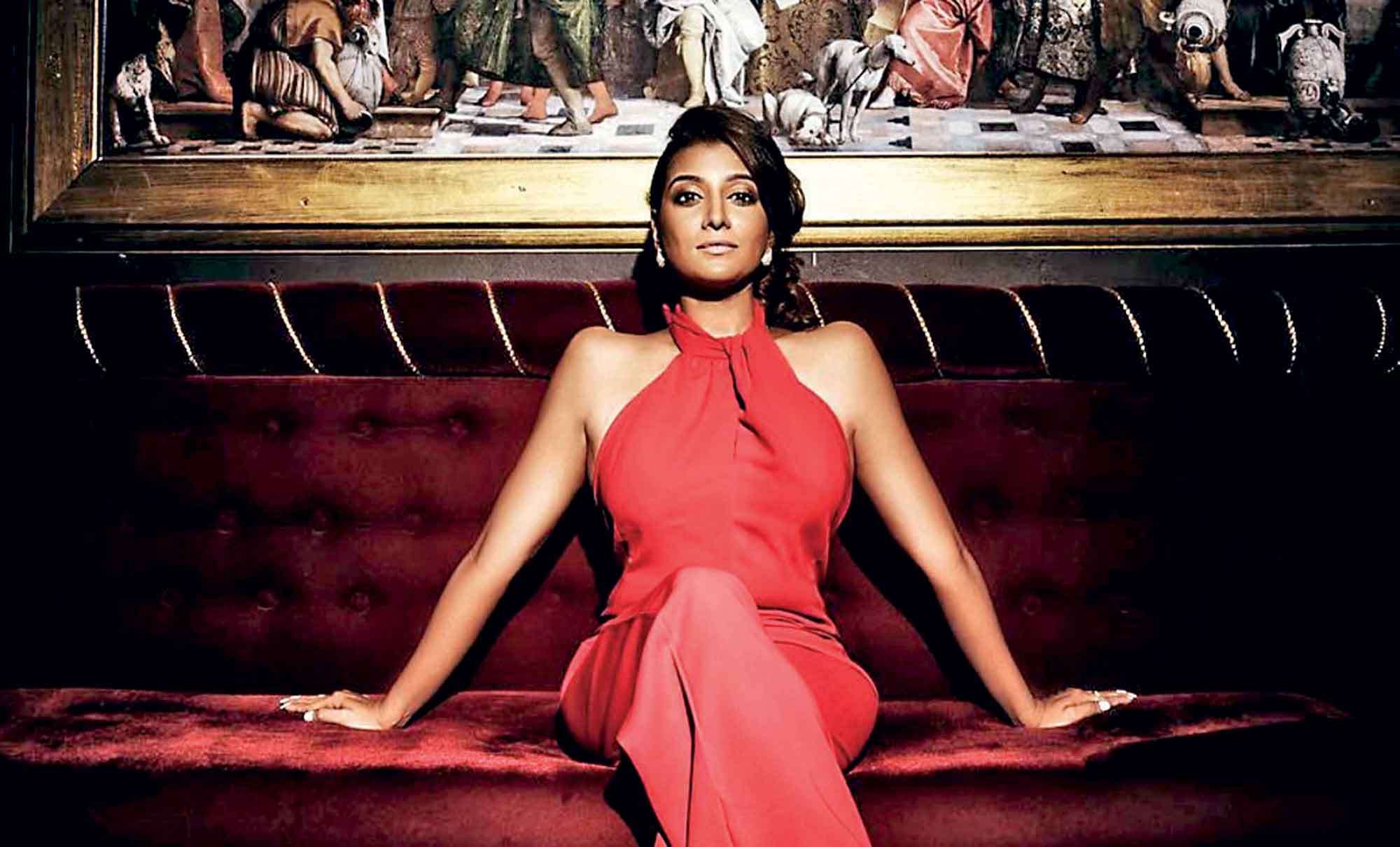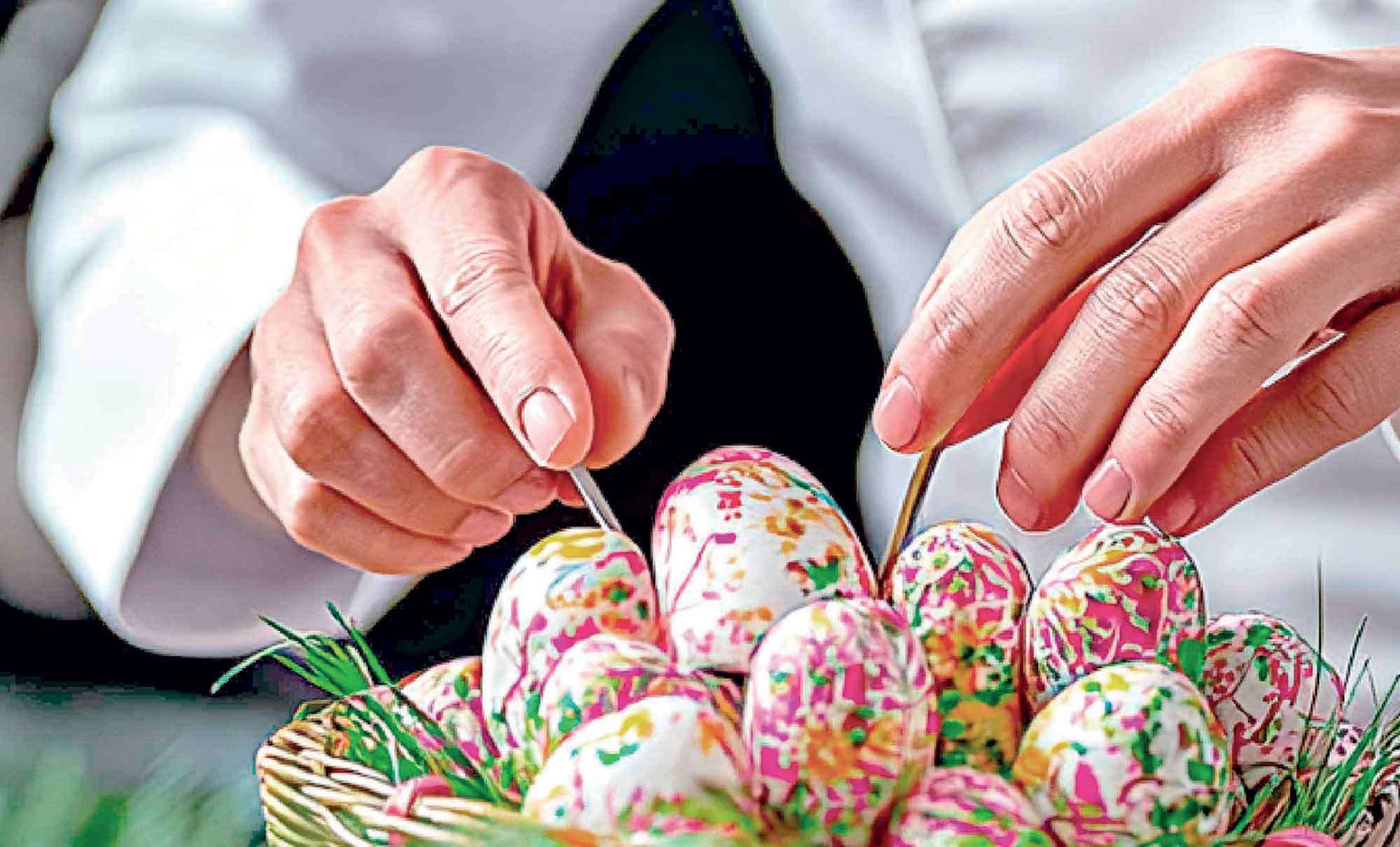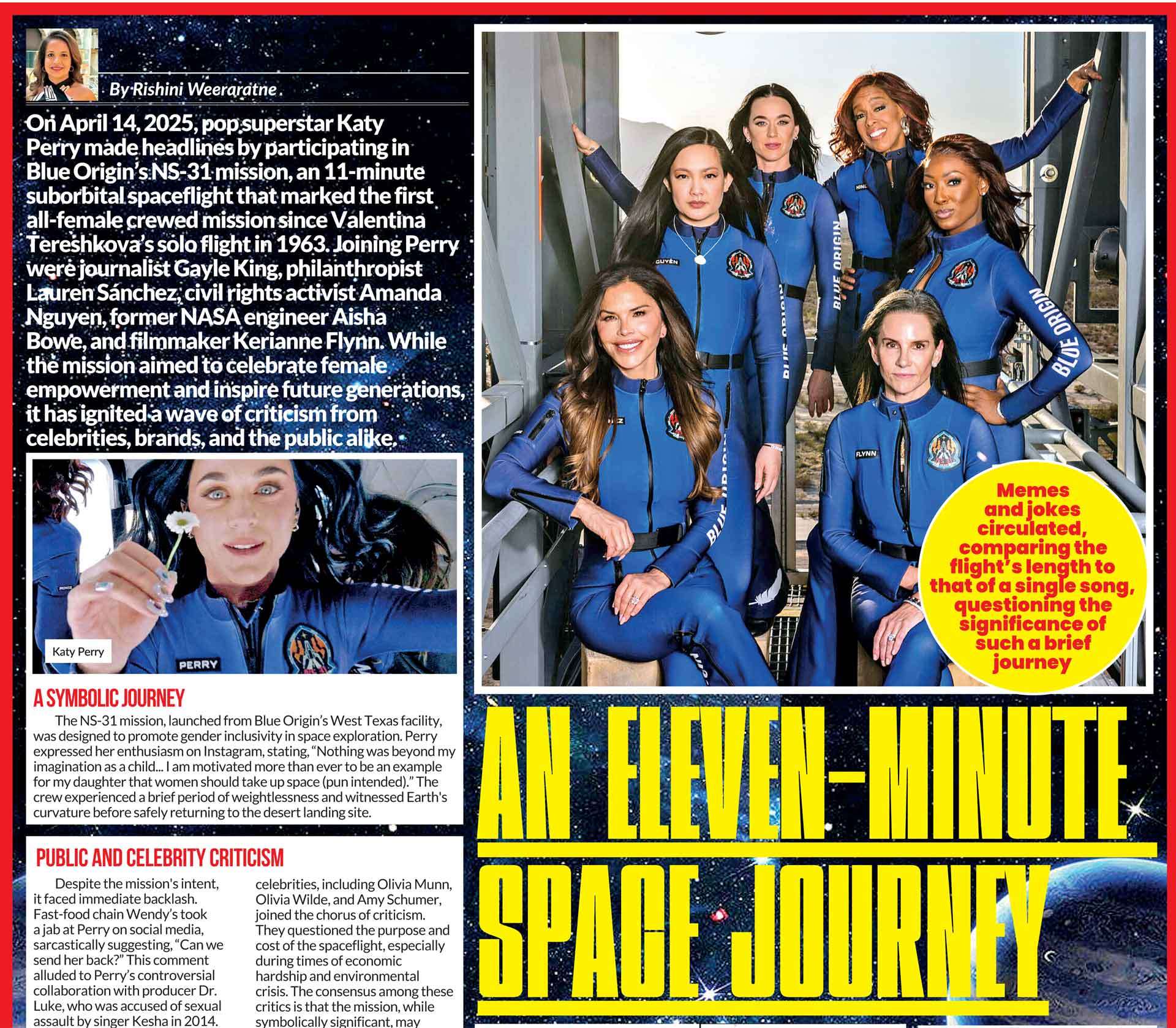In the hands of a skilled, meticulous author, non-fiction can be just as much of a page-turner as fiction. There’s a different kind of enjoyment in taking curiosity to the next level and delving into different topics; some very niche! The best non-fiction books break down complicated topics into accessible terms. An engaging narrative carries the reader along, propelling them through the book in the same way that a novel would. Here are a couple of my non-fiction highlights.
Meera Santiapillai
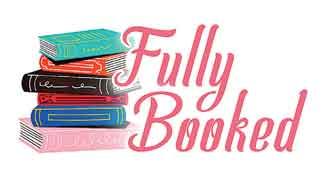
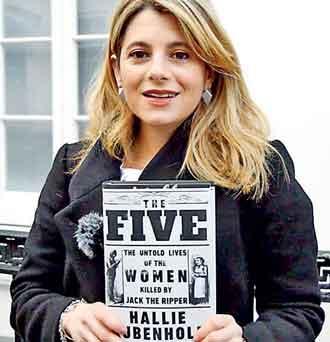 The Five: The Untold Lives of The Women Killed by Jack The Ripper, Hallie Rubenhold (Author)
The Five: The Untold Lives of The Women Killed by Jack The Ripper, Hallie Rubenhold (Author)
I’ll admit this wasn’t an easy book to read, but it was illuminating and a much-needed change of perspective. There are countless books and documentaries dedicated to identifying Jack the Ripper and describing his crimes in gory detail. However, this book is not about the murderer but rather it focuses on Polly, Annie, Elizabeth, Catherine and Mary-Jane; the women he killed.
The Five debunks the prevalent myths surrounding these women and provides insight into their lives rather than their deaths. The five women occupy the contrary position of being at the centre of one of the most infamous historical crimes yet, to many people including myself, their names are often just as unknown as the real identity of their killer.
Rubenhold works to correct this as she charts their lives from birth to death and the reader quickly comes to realise that the women led fascinating lives, though admittedly they also suffered profound sorrows. Rubenhold sternly debunks many prevalent fictions about these women, most pointedly the myth that Jack the Ripper only targeted sex workers. There is something very satisfying about being confronted with the truth after believing a fiction derived from misogyny.
You get a sense of Rubenhold’s scrupulous research as she paints Victorian London in all its ugliness. The vivid detail often makes her book read like a work of fiction, you’re transported to squalid streets and cramped rooms to meet women who suffered such extreme reversals of fortune that they seem like fictional characters themselves.
Rubenhold clearly states when there is no evidence to prove why the women would have taken certain actions, so the text is peppered with “she could have” and “it is possible”. For me, this is another strength of The Five, as Rubenhold presents the various possibilities, each carefully reasoned out. Again, I’d emphasise this is an intensely sad story, but so very worth the read.
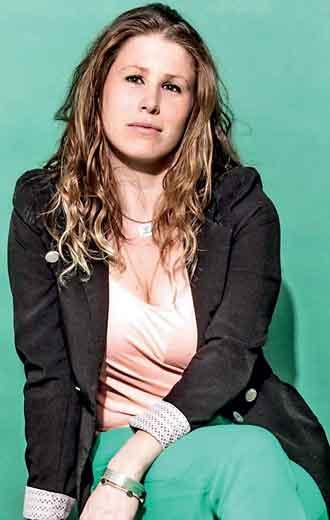 Invisible Women: Exposing Data Bias in a World Designed for Men, Caroline Criado-Perez (Author)
Invisible Women: Exposing Data Bias in a World Designed for Men, Caroline Criado-Perez (Author)
Caroline Criado-Perez is a best-selling and award-winning writer, broadcaster, speaker and feminist campaigner and her book, Invisible Women, exposes the gender data gap that affects women all over the world. A data gap is when data is missing key information. Data determines how governments spend money, how doctors diagnose patients and much more. So it becomes a critical problem when research and the resulting data ignore half the population: women.
I used the word “exposes”, as Criado-Perez’s research is illuminating, but many women are already well aware of this feeling of being invisible in a world that sees men as the default and us as the other. It will hardly come as a surprise to us that we are often paid less, we do far more unpaid work, such as looking after children, elderly relatives and housework, and are disproportionately more likely to be victims of domestic violence.
Some of the research might still surprise you though. Research from the UK has found that women are 50% more likely to be misdiagnosed after a heart attack, partially because heart attacks are wrongly perceived as a “male” problem. This daunting information is an example of how profoundly the data gap affects women, even putting their lives at risk. This risk comes into play again with cars and their safety features, designed to fit male body measurements.
While the research is extensive and ranges from medicine to toilets and more, Invisible Women is easy to read and understand. The author clearly explains what the data means and skilfully presents how the gaps have a huge impact in the real world. The writing is also compelling, engaging and hopefully a call for change.
